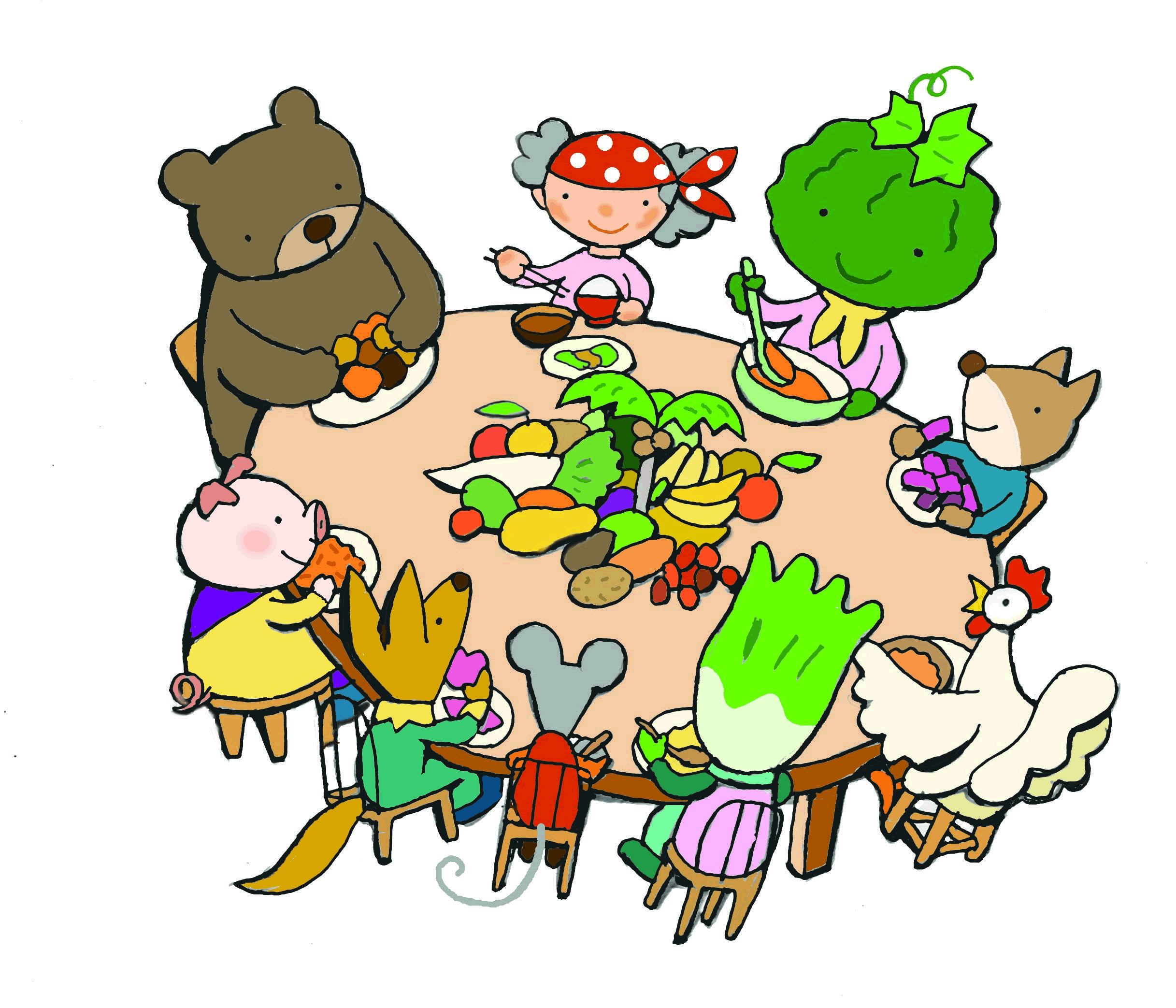Please Participate in CUJ’s Survey on the Use of Organic Ingredients in School Lunches
Japanese text here
An increasing number of municipalities around Japan have recently started to use organically grown rice, vegetables and other ingredients in school lunches in primary and secondary schools. Citizens are also increasingly calling for organic ingredients to be used in school lunches, and various initiatives have been launched in various parts of the country.
Consumers Union of Japan (CUJ) considers that the inclusion of organic food in school lunches is not only good for children’s health, but also protects the environment and the producers, including local farmers. In order to further expand this trend, the initiatives of municipalities that are already using organic food (not only JAS standards) can be helpful.
We decided to conduct a survey of progressive municipalities in various regions. See below for the content of the survey in English:
Survey in Japanese here:
■学校給食における有機食材の使用に関する調査用紙(Word)
General overview of school meals:
Q: What is the population of your municipality and how many primary and secondary schools provide school lunches and how many students are served?
Population:
Number of Primary Schools Serving Pupils
Number of Junior High School Serving Pupils:
Q: Please circle the relevant school meal preparation method.
(1) Own school system by school
(2) Centre-based system
(3) Combination of own school system and centre system
School lunch costs
Q: What is the average cost per meal?
Primary school: Yen______________
Junior high school: Yen______________
About your organic school lunches
Q: When did you start using organic ingredients for school lunches?
Since year (e.g. 2020):
Q: How often do you serve organic school lunches each year?
Q: How often (in total days) are organic school lunches served?
Days per year:
Q: What organic ingredients do you use? Please circle all that apply and write the name of the ingredient for others:
Staple food: rice, bread (wheat etc.), noodles, other:
Vegetables: onions, potatoes, cabbage, carrots, radishes, other:
Meat: beef, pork, chicken, other:
Drinks: milk, fruit juice, green tea, other:
Fruit: apples, tangerines, grapes, bananas, strawberries, other:
Seasonings: miso, soy sauce, sugar, vinegar, oil, sake, mirin, other:
Please specify any other organic ingredients not listed above:
Q: What proportion of the total school lunch is made up of organic ingredients (in monetary terms)?
Rice %, wheat, barley %, vegetables %, meat %, drinks %, fruit %, seasonings %.
Q: How do you procure your organic ingredients? Please circle the relevant procurement method and ingredients.
(1) Directly from municipal farmers: rice, wheat, vegetables, meat, drinks, fruit, other:
(2) From municipal agricultural organisations: rice, wheat, vegetables, meat, drinks, fruit, etc.
(3) From other sources: rice, wheat, vegetables, meat, drinks, fruit, other:
Q: How did you come to use organic food? Please circle the relevant number. Please describe any others. (Multiple answers allowed)
(1) Residents’ (parents’) demands, (2) Producers’ demands, (3) Councilors’ demands, (4) Commitments by the head of government, (5) Nutrition teachers’ and cooks’ demands,
(6) Other:
Please send your reply to koketsu@nishoren.org
ご協力ありがとうございました。ご返信は下記にお願いいたします。
【返信先】
〒169-0051 東京都新宿区西早稲田1-9-19-207
日本消費者連盟/担当:纐纈(こうけつ)美千世
FAX:03‐5155‐4767
Eメール:koketsu@nishoren.org
Ito City School Lunch Campaign (20 July to 12 August 2023) Poster:


